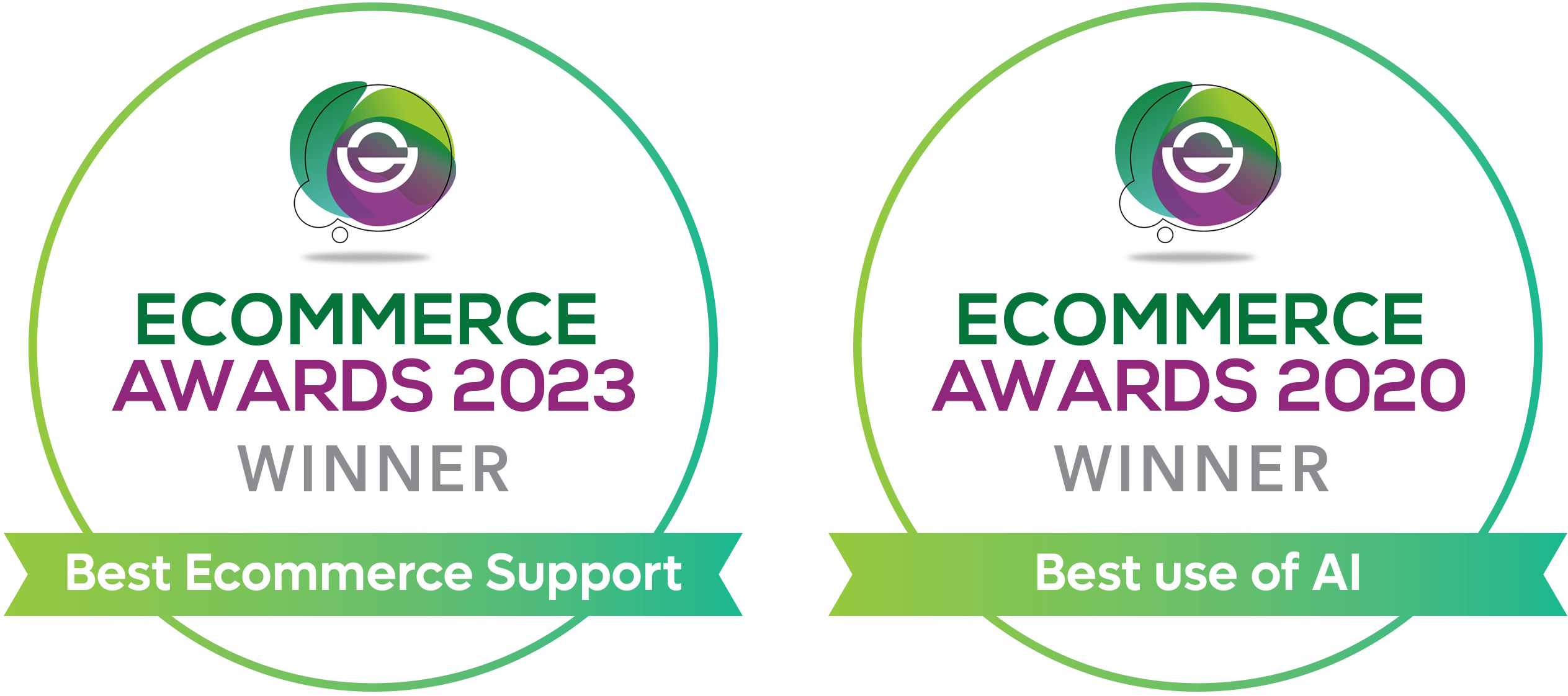Why Market Mix Modelling is not the only way out of the cookie apocalypse
The death of third party cookies has been on the cards for several years but 2024 looks set to be the date that Google starts to implement the foundations to phase cookies out midway through the year. But marketing teams are still not prepared despite many stays of execution by Google. A recent Econsultancy recent report, “Future of Marketing Report”, indicated that only 8% of marketing professionals were “fully prepared” for this event and a further 22% were “mostly prepared”.
What does this mean for digital measurement? Most of the sector is still reeling from the Apple iOS privacy update in 2021 which rendered much of the ecosystem that digital media and marketing teams relied on to make decisions somewhat obsolete. This coupled with the implementation of Google Analytics 4 in 2023 has meant many teams are puzzled about what to do with their marketing measurement approach as they can no longer rely on out of the box digital attribution approaches.
Why turn to Market Mix Modelling?
Many have turned to see Market Mix Modelling (MMM), sometimes called econometrics or regression analysis, to step up to this marketing measurement challenge, because it does not rely on tracking in touchpoint in the journey to sale, and so is not affected by the end of 3rd party cookies.
MMM is a statistical analysis such as multivariate regressions on sales and marketing time series data to estimate the impact of various marketing tactics (marketing mix) on sales and then forecast the impact of future sets of tactics. Compared to multi-touch attribution it is more strategic but also far less tactical, placing the major marketing channels within the context of wider business trends.
MMM is generally used to optimise the high level advertising mix and promotional timings with respect to sales revenue or profit. This technique is well established, predating the internet, and was first widely applied to consumer packaged goods businesses as they had access to weekly time series data via retailers and were able to analyse this in connection to their weekly marketing spends. Another reason why brands use this approach is to get a sense of marketing incrementality. Marketing ‘incrementality’ refers to the additional value that marketing brings over and above underlying growth in the business, long term brand and store presence and sales due to repeat customers. MMM can help estimate incrementality because it includes non-marketing business drivers in the models in order to best estimate and forecast total sales.
Using Complimentary Methods
Metageni thinks that there is a better way than using MMM on its own to solve the puzzle especially for brands with significant online business. Using Marketing Mix Modelling (MMM) and Multi-Touch Attribution (MTA) together provides complementary techniques, since together they provide both a strategic and tactical view of your marketing. The reason is that MTA is still very powerful and granular, and can be still be achieved for all the multi-touch clicks to your site and app, using your first party data. Done well, a combined approach can connect your high level business and financial objectives to granular digital optimisation and drive fine tuning of specific campaigns and ads, allowing you to precisely manage the total efficiency of your marketing spend. Add in incrementality tests to validate both systems is really the gold standard of modern marketing measurement.
A hybrid custom approach addresses some of the downsides of MMM to solve this particular challenge.
Granularity : MMM’s take a big picture view but lose the detail that multi touch attribution can provide to drive decisions deep in digital marketing such as keyword groups or bid management in paid search, or which social media ad is driving the most sales. A hybrid multi touch attribution approach which also incorporates elements of impression modelling for more difficult to measure channels such as social or video can get round this issue.
Data Hungry: MMM can take a long time to set up and the data needs to be presented in the right way to manage all the regression models. A hybrid approach pulls all your existing digital data into a data warehouse – Metageni use Google Big Query so that much of the data collection phase is short circuited with accurate data. Meta, TikTok and Google have all set up data feeds to MMM for customers enabling this process to be quick and easy.
Once a year not every day: MMM models tend to be set up and then update yearly, or 6 monthly, and are always looking at retrospective data and market conditions to forecast forward. In many fast moving markets this is simply too slow a pace to be useful in running the day to day decision making of the marketing team.
Top line revenue or profit centric: Traditional MMM often uses revenue (and sometimes profit) as the dependent variable testing many independent variables to find a “best fit” model and ascertain the size of the impact. A hybrid approach can take more intermediate dependent variables such as install rates, customer retention and platform monetization to name a few and build a custom solution around the precise customer’s business requirements.
The Best of Both Worlds!
A hybrid approach is really the best of both worlds. This route is built from the digital data up and then overlaid with an element of MMM modelling to manage external data such as brand impressions, relative pricing or market demand and is a strong solution for many forward thinking marketing teams. The MMM/ regression analysis is used to stitch the data together but not as a top down econometric model built from on high/ once a year but being fed with daily data such as impressions from the big tech platforms or relative pricing. The total accuracy of the combined system is much greater. This approach unifies the available data sources for precise short term decision making and crucially also helps answer the bigger long term questions needed to set marketing budgets for the year.
And what’s more a custom approach enables businesses to specify the core goals that drive their revenues and work out linkages between the data. The general concept is a series of nested models linked together based on the core digital data on key customer variables and then linked to provide ‘what if’ forecasting scenarios”.
Here’s how our customer, the leading shoe retailer schuh, use Multi Touch Attribution as the base for digital decision making blended with Market Mix Modelling on their social media impressions to get a better understanding of this channel. schuh were able to measure the additional returns from social and display campaigns with this custom hybrid approach, revealing that over 90% of sales attributed to these campaigns are through impression effects, rather than purely through click effects.This supported their continued use of social and display advertising to drive greater ROI for the business. Read the full case study here.
Our customer, Toolstation is one of the UK’s fastest growing providers of tools and building materials, has been working with Metageni for over a year deploying custom data driven attribution as well as market mix modelling, customer lifetime value and online to store attribution. This hybrid custom approach uses Metageni’s attribution analysis as the base to identify online revenue opportunities of 7.5% of total revenue from paid digital channels, across the trade and DIY business. This also revealed that an additional 29% of conventional branch sales occur following online research, this made the optimisation of the online marketing activity all the more crucial for Toolstation.
On top of this, by deploying Marketing Mix Modelling, Metageni & Toolstation unveiled +18% ROI opportunities which were used to cut through unprofitable activities and curate the 2022 budget ahead of the e-commerce downturn this year. Read the full case study here.
In a world where data is abundant but insights are scarce, a custom approach to marketing measurement isn’t just helpful; it’s essential. A mix of methodologies that use the best in class data analytics techniques to solve the customer’s business problems is the key to unlocking opportunities, optimising budgets, and ensuring that you can get the absolute maximum leverage over your data, ensuring not a single penny or prospect is left on the table.
Do you need something like this?
If so just contact us: hello@metageni.com













